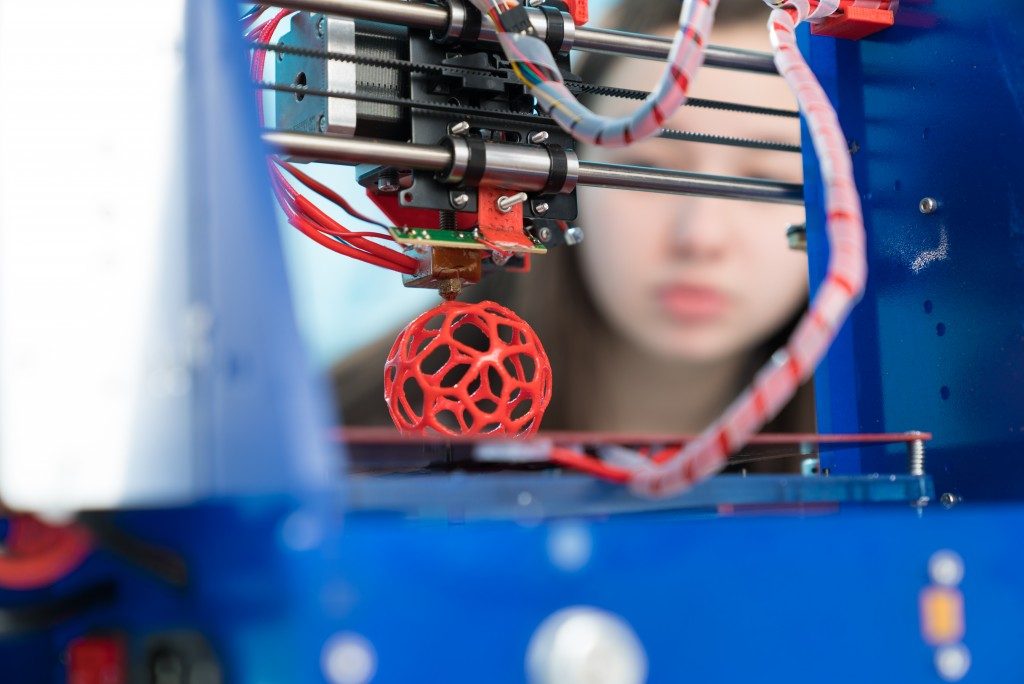You’ve heard a thing or two about 3D printing. It has developed quite a bit now and more, and more people are getting into it. The reasons can be either personal or for business. With all that interest, development in 3D printing has progressed enough to make it accessible. If you have an interest in seeing what you can do with it, here are a few ways to make your entry into the field much easier:
Know Your Goals
Before you buy anything, you need to know why you’re going into 3D printing. There are several reasons, and they are all legitimate. But the reasons will influence the equipment you need.
For example, if you plan to make 3D printing a hobby, using the printer as a way to produce art, then you won’t need the massive 3D printers that the ones who use it for business will need. It also determines the price you will pay for the equipment and more.
Get the Necessary Hardware

If you’ve determined what your 3D printing setup is going to be for, it is time to get the hardware. The 3D printer is the heart of it all, and suppliers like RAM Peripherals LTD will have a catalog to meet all your potential needs. Note that if you’re looking for a hobbyist’s machine, then you’ll end up with something small. A five-inch print bed is pretty reasonable. Larger machines are for industrial 3D printing, and those are going to be expensive. Look at the features that the printer has and check if it has automatic leveling. This is useful for printing on a flat surface. If it doesn’t, you might have to tinker around a bit to get the level that you want.
Besides the main printer, you have to get some tools such as clippers and pallet knives. 3D printing is still not perfect, so you need to do some cleaning after you’ve done the printing. You also need to get the material that you want to print with. Old printers can work with only plastic, but metal and ceramic 3D printing have become possible.
Learn About Design
With the hardware ready, you might want to move on to the software side of things. Ordinary printers work with any word processing software. 3D printers are more complicated. They usually come with a set of 3D models to try printing, but you need to branch out. Online resources for 3D files are available and are a good starting point. With samples, you can try modifying them and learn how to create your own. Finally, you need slicing software to print the 3D models you’ve come up with.
3D printing can be very exciting considering what you can create. Whether you are starting it for educational or business purposes, the tips above should help you. By following them, you can avoid many of the pitfalls and appreciate the good stuff about 3D printing. This saves you much time and money in the long run.